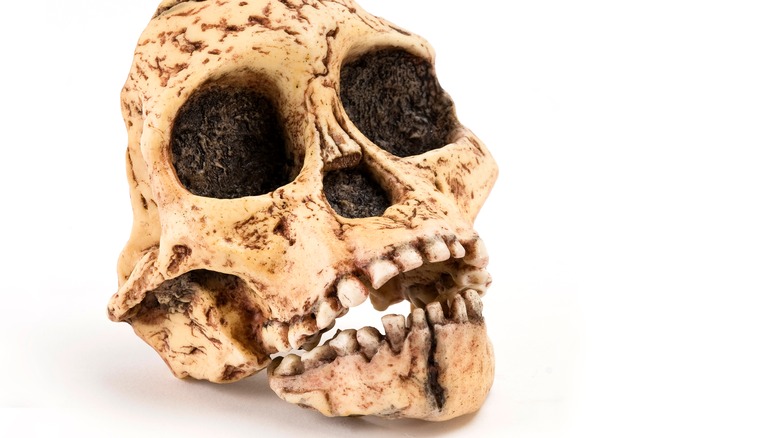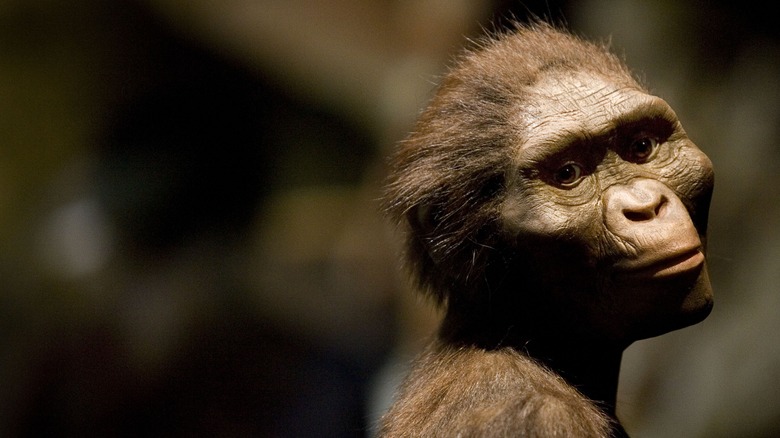A Recent Fossil Discovery Could Prove Humans Have Been Around For Longer Than We Thought
Researchers in South Africa recently made a major discovery that could potentially alter the previously understood timeline of human existence. According to BBC News, the discovery was that new tests performed on some recovered specimens have revealed that they are much older than previously thought.
Fossils of the early human ancestor Australopithecus africanus recovered from Sterkfontein Caves near Johannesberg, South Africa were thought to have dated back to 2.6 million years ago. However, according to CNN, new testing on the sediments in which the specimens were found has been found to be closer to 3.4 million to 3.7 million years.
This is a substantial difference that changed the time frame that species like Australopithecus africanus were thought to have been in existence and now seems to indicate that they overlapped with other species Australopithecus afarensi, species of which the famous fossil Lucy is part of. Until now, it was thought that Australopithecus africanus had been a descendant of Australopithecus afarensi, but this new information has called that assumption into question.
The new testing laid dating controversies to rest
According to CNN, the Sterkfontein Caves have been the site where hundreds of Australopithecus fossils have been recovered since the site was discovered in 1936. Since then, major fossil discoveries including an almost completely intact female skull known as Mrs. Ples, and an almost complete skeleton known as Little Foot were both found there (via BBC News). However, there has been disagreement in the anthropological community about the true age of these fossils.
"Sterkfontein has more Australopithecus fossils than anywhere else in the world," Darryl Granger, professor of Earth, atmospheric and planetary sciences in Purdue University's College of Science, said. "But it's hard to get a good date on them. People have looked at the animal fossils found near them and compared the ages of cave features like flowstones and gotten a range of different dates. What our data does is resolve these controversies. It shows that these fossils are old — much older than we originally thought."
How did researchers come to this conclusion?
The sediments around where the fossils were found, as well as the fossils themselves, were tested and found to fall into the 3.4 million- to 3.6 million-year-old range. The dating process used cosmogenic nuclides, rare radioactive particles that are produced inside of minerals by cosmic rays, per CNN. This was significant because it placed these Australopithecus fossils closer to the end of the Australopithecus era than the beginning of it, as previously thought.
"What our age shows is that this cannot be true, because they are virtually the same age," Granger said in a statement. "There must be an older common ancestor. It also gives much more time for the South African species to evolve, and reopens discussion about the role of the South African species into later hominins such as Paranthropus."
This isn't the first time Granger has used this method to make a breakthrough discovery. In 2014, Granger discovered that dating could be done by measuring small amounts of aluminum-25 — a cosmogenic nuclides — with great accuracy. This allowed researchers to determine dates for sites where this had previously been exceedingly difficult.


